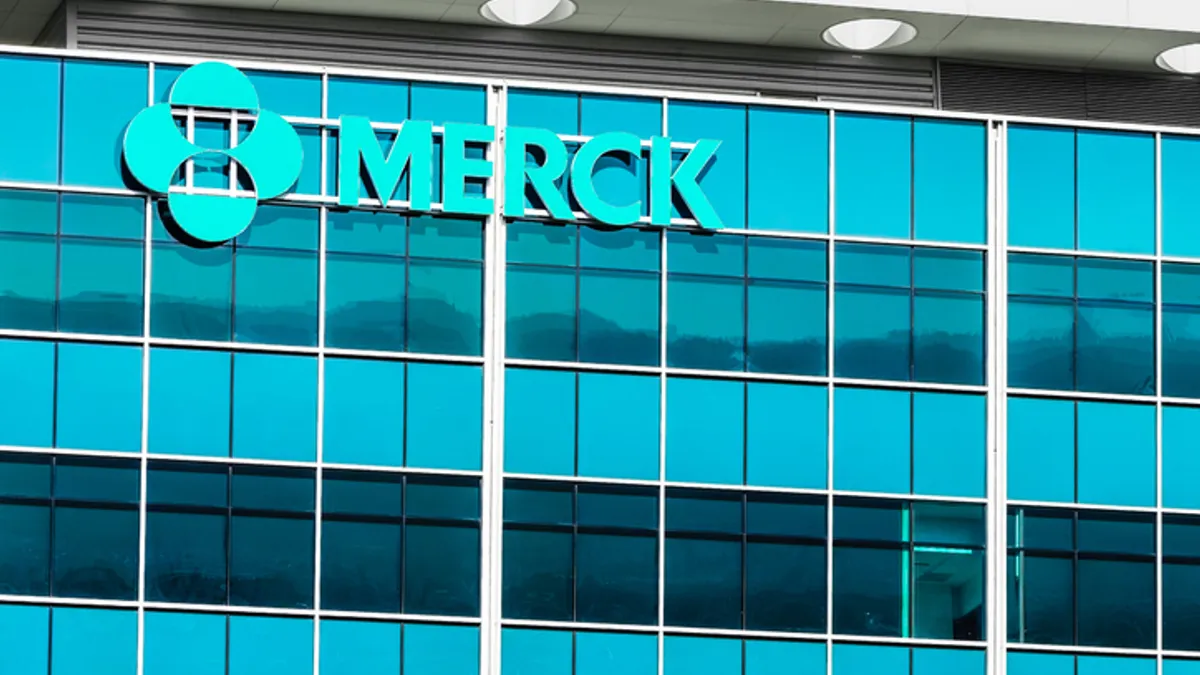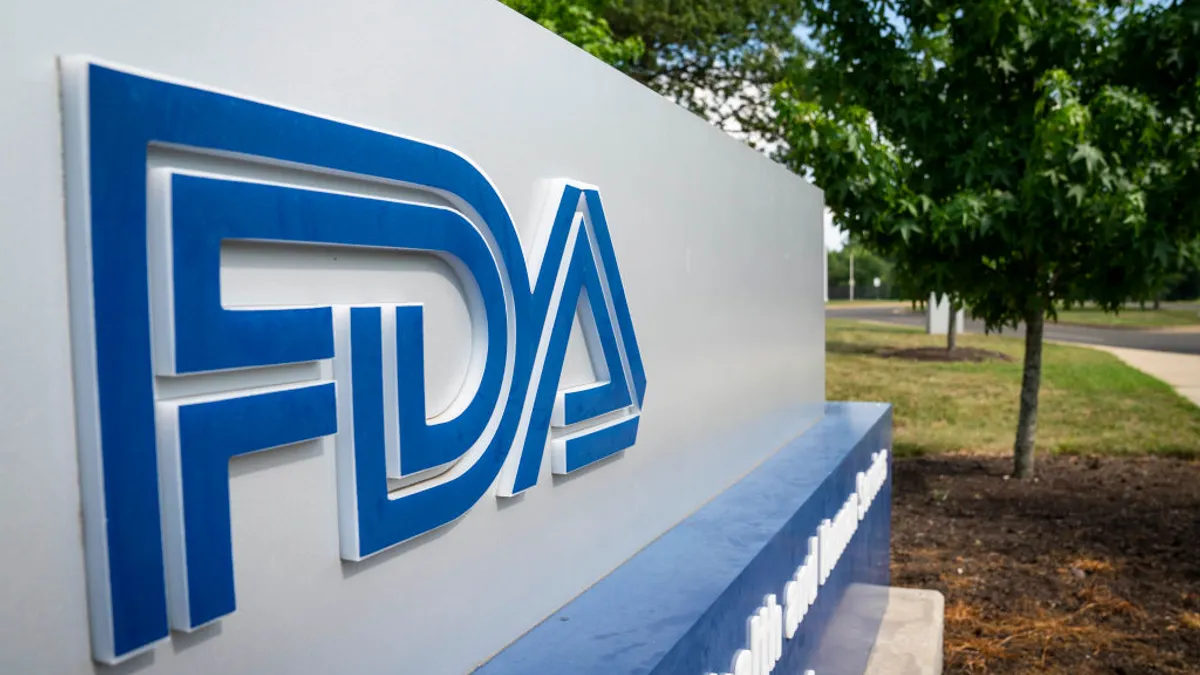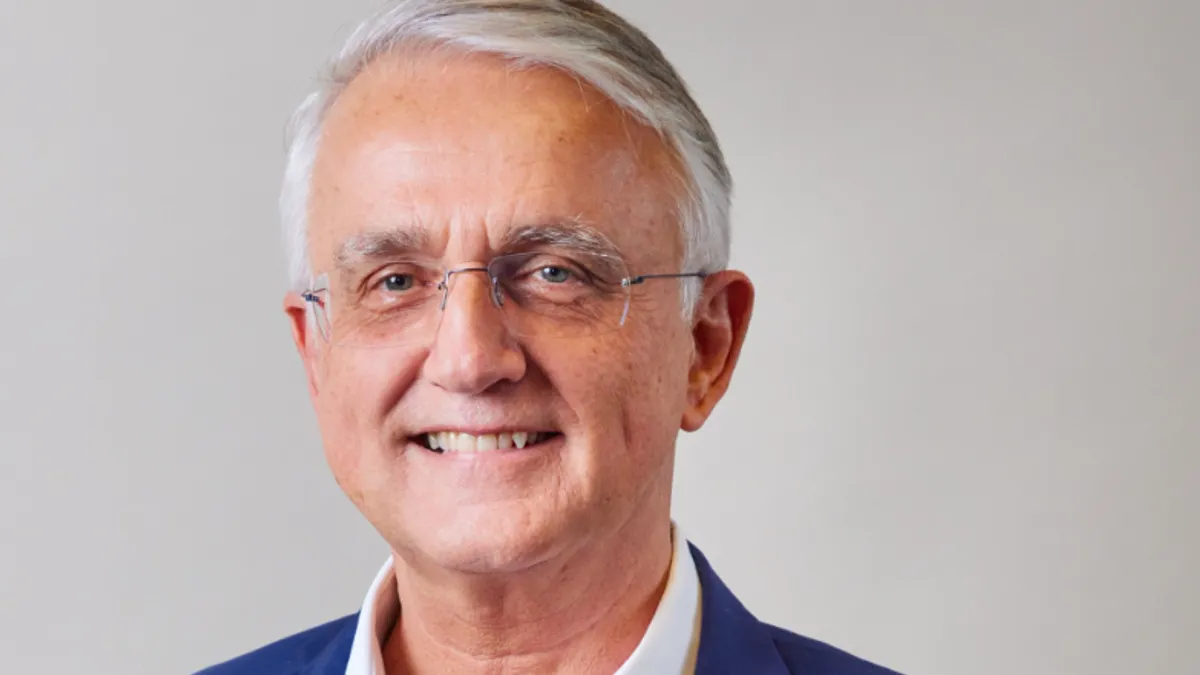In 2014, an outbreak of Ebola in Guinea, West Africa, became a global health crisis within a few months. As the outbreak spread to other countries in West Africa, the crisis strained the countries’ already limited healthcare resources, and spread fear in the United States, as some international healthcare workers were quarantined before they could reenter the country.
The 2014–2016 West African Ebola outbreak resulted in more than 11,300 deaths, according to the World Health Organization. The most severely affected countries were Guinea, Liberia, and Sierra Leone.
Ebola virus results in a severe, often fatal illness in humans, with a death rate of up to 90%. A member of the filovirus family, the Ebola virus first appeared in 1976 in two simultaneous outbreaks, one of which occurred in a village near the Ebola River, from which the disease takes its name.
The Ebola virus belongs to a family of viruses called Filoviridae. There are five types of the virus: Zaire, Bundibugyo, Sudan, Reston, and Taï Forest. The first three, Bundibugyo ebolavirus, Zaire ebolavirus, and Sudan ebolavirus, have been associated with large outbreaks in Africa. The virus causing the 2014 West African outbreak belongs to the Zaire species.
The virus is transmitted to people from wild animals and spreads in the human population through human-to-human transmission.
Industry leaders say despite the fact that the outbreak is over, Ebola is still a threat.
“The 2014-2015 outbreak infected more than 28,000 people and caused more than 11,000 deaths primarily in three countries, Guinea, Liberia, and Sierra Leone," says Julie Waterbury, Ph.D., executive director of worldwide strategy and innovation for Merck’s Vaccines Division. “None of those countries had ever seen Ebola before. The idea that Ebola will reemerge is highly probable, but where and when and to what extent is very difficult and challenging to predict. But with an investigational vaccine, we now have a potential tool that will be able to address an outbreak and its spread."
Ebola Vaccines in Development
There are currently no licensed Ebola vaccines but several pharma companies are developing potential candidates. Merck and Janssen are the two companies furthest along in the development of an Ebola vaccine.
In December 2016, Merck published results of a study of the vaccine rVSV-ZEBOV, which found the vaccine to be highly protective against ebola. rVSV-ZEBOV was developed by the Public Health Agency of Canada. The vaccine was licensed to NewLink Genetics, who in turn licensed it to Merck. The vaccine works by replacing a gene from a harmless virus known as vesicular stomatitis virus (VSV) with a gene encoding an Ebola virus surface protein. The vaccine does not contain any live Ebola virus. Merck’s vaccine is directed against the Zaire strain.
Merck has received Breakthrough Therapy Designation from the U.S. FDA and Prime status from the European Medicines Agency for the vaccine.
Dr. Waterbury says the vaccine is based upon a recombinant vesicular stomatitis virus and has a surface protein that comes from the Ebola virus.
“It’s a vaccine in disguise," she says. “The virus itself cannot cause disease, but it will elicit an immune response to Ebola that is protective. We have done a number of trials now with a number of different partners, and most recent data that were published suggest that the vaccine has high protective efficacy and it is safe."
Merck’s vaccine was studied in a trial involving 11,841 people in Guinea during 2015. Among the 5,837 people who received the vaccine, no Ebola cases were recorded 10 days or more after vaccination. In comparison, there were 23 cases 10 days or more after vaccination among those who did not receive the vaccine.
“This was a large Phase II/III conducted by a consortium of partners, including the WHO, Médecins Sans Frontières, which is Doctors Without Borders, as well as from the Region Institute of Public Health," Dr. Waterbury says. “That study was conducted during the outbreak and it was conducted in a unique design, which was called a ring trial."
When a new Ebola case was diagnosed, the research team traced all people who may have been in contact with that case within the previous three weeks, such as people who lived in the same household, were visited by the patient, or were in close contact with the patient, their clothes or linen. A total of 117 clusters (or rings) were identified, each made up of an average of 80 people.
“The Ring Trial design was used to eradicate smallpox," Dr. Waterbury says. “The idea is to identify an individual who has the virus and disease, to isolate them, and identify all of the contacts and secondary contacts with other people. In other words, form a ring around that individual of potential contacts. The WHO trial identified rings of those with Ebola and vaccinated half of that ring. The other half of the ring was a given the vaccine after 21 days, the incubation period for Ebola."
Dr. Waterbury says Merck is working closely with regulatory authorities both in the United States and in the European Union to try to understand what the requirements are for licensure.
“We received Prime status in the EU in June 2015 and a couple of weeks later, we were awarded a Breakthrough Therapy Designation by the FDA," she says. “Both of those designations provide access to regulatory authorities in a more streamlined manner."
In addition, Dr. Waterbury says Merck is working with GAVI, the Vaccine Alliance, to provide the vaccine. GAVI provided $5 million to Merck to procure the vaccine once it is approved. As part of this agreement, Merck committed to ensure that 300,000 doses of the vaccine are available for emergency use in the interim.
Another company, Janssen Vaccines, part of the Janssen Pharmaceutical Companies of Johnson & Johnson, is developing a prime-boost vaccine regimen that contains two components based on AdVac technology from Janssen and MVA-BN technology from Bavarian Nordic. The company is working with two nonreplicating serotypes of adenoviruses as vaccine vectors: Ad26, and Ad35, says Macaya Douoguih, M.D., senior director and the clinical franchise leader for the emerging diseases franchise within Janssen Vaccines. Ad26.ZEBOV was selected as the priming dose for the Ebola vaccine regimen.
For the boost, Dr. Douoguih says the company uses modified Vaccinia Ankara, a pox virus vaccine produced by Bavarian Nordic, which is a non-replicating vector that includes multiple filovirus genes. The prime-boost vaccine regimen is being studied to prevent the Zaire strain of Ebola, which caused the West Africa outbreak.
Dr. Douoguih says the two different vaccines act synergistically to produce an immune response.
“It’s really important to have a vaccine that can cover a timeframe long enough to interrupt Ebola transmission, as well as address the needs of people who are more likely to be exposed to the virus through multiple contacts with infected people, such as healthcare workers," she says. “It also has been shown that in people who survive Ebola, the virus can hide in parts of the body for long periods of time during which there is a potential to transmit the disease to others. Having a vaccine that protects for a long period of time was what we had in mind when developing these products."
Phase I results from a UK study published in April 2016 suggested that the regimen was well-tolerated and immunogenic (produced an immune response). The study found that 100% of study participants achieved an initial antibody response to Ebola, and that this was sustained eight months following vaccination among all volunteers.
The UK study provided the first set of data from a total of 10 clinical studies that are being conducted on a parallel track across the United States, Europe, and Africa in support of potential full licensure for a Janssen Ebola vaccine regimen.
In September 2016, Janssen completed its submission to the World Health Organization for Emergency Use Assessment and Listing (EUAL) for the prime-boost vaccine regimen. The EUAL is a special procedure that will allow procurement of vaccine candidates for deployment in the event of an outbreak, critical for a disease with high rates of morbidity and mortality and a lack of treatment or prevention options.
Dr. Douoguih says the company is conducting Phase II and Phase III studies currently to support a submission in the United States and Europe.
Janssen is also conducting a Phase I clinical study to test a second-generation, multivalent version of the AdVac/MVA-BN vaccine regimen. The multivalent heterologous prime-boost regimen is intended to protect against multiple filoviruses that cause disease in humans, including the Ebola, Sudan, and Marburg viruses. The U.S. study will test the safety, tolerability, and immunogenicity of this vaccine regimen in varying dosing schedules among healthy volunteers. The National Institute of Allergy and Infectious Diseases (NIAID), part of the U.S. National Institutes of Health (NIH), is funding this study.
In January 2015, Europe’s Innovative Medicines Initiative (IMI) awarded a consortia of leading global research institutions and non-government organizations working in conjunction with Janssen Vaccines grants totaling more than €100 million from the Ebola+ program to support the development, manufacturing, and deployment of the monovalent Ebola vaccine regimen. The IMI2 Joint Undertaking receives support from the European Union’s Horizon 2020 research and innovation program and European Federation of Pharmaceutical Industries and Associations (EFPIA).
Additionally, in September 2015, Janssen Vaccines was awarded $28.5 million from The Biomedical Advanced Research and Development Authority (BARDA), part of the U.S. Department of Health and Human Services, to help accelerate the development of the monovalent Ebola vaccine regimen.
Small biotech companies are also working on Ebola vaccines. One such company is Replikins, which is developing a synthetic vaccine. The company’s core software technology and patent portfolio are built around a new class of peptide subsequences, which were named Replikins by its founder, Samuel Bogoch, M.D., Ph.D.
Increases in concentration of these subsequences in virus proteins have been found to be associated with rapidly replicating pathogens. These subsequences are consistently present in a wide range of rapidly replicating viruses.
The company’s vaccine is based on the gene information and can produce an immune response in animals, Dr. Bogoch says.
“We measure the gene from the virus, in this case Ebola," Dr. Bogoch says. “We are examining new methods that focuses on one particular aspect of the sequence. This also provides a unique surveillance system that is now available."
In 2016, Replikins began offering a service to provide advance warning of a coming pandemic outbreak, giving public health, pharmaceutical, and government authorities the time to put in place prevention efforts.
In fact, Replikin’s system allows for a one year to three year warning before an outbreak. The molecular evolution of Replikins can now be tracked real-time by Replikins Surveillance.
Dr. Bogoch says the company is able to assess the mean number of sequences of Replikins per 100 amino acids.
“If the number goes up, we know there is an outbreak coming," he says. “If the number goes down, there is a cessation of the outbreak. It is a diagnostic and an index of the course of the disease."
Dr. Bogoch says this will allow people to not only predict when an outbreak is coming but also the specific gene structure of the outbreak.
“If the gene structure is known a year before an outbreak is coming, companies have a year to make a vaccine and test it," he says. “This is going to change the game considerably."
Ebola Treatments in Development
In addition to vaccines, biotech and pharma companies are working on therapies for treating Ebola infection. One such company is Abivax. Building on its experience in developing specific polyclonal antibodies, Abivax has initiated a program targeting the development of a treatment for Ebola virus infection.
The company is producing and purifying neutralizing antibodies from immunized animals. These antibodies will be directed to targets conserved between the different strains circulating in human populations, permitting a large degree of protection and limiting the risk of therapeutic failure when faced with new variants of the virus.
ABX544, a program targeting the development of a treatment for Ebola virus infection, is scheduled to begin human trials in 2018, says Bernard Fanget, VP, process development and manufacturing, Abivax.
The ABX544 program targets the generation of an Ebola hyperimmune anti-serum, containing neutralizing antibodies produced from animals immunized with a specific Ebola antigen. In contrast to a vaccine that needs time to generate a protective response, ABX544 should have an immediate effect when administered. It can be applied either as treatment of infected persons or for protection of non-infected persons, including healthcare workers, constituting a first line of defense during epidemic outbreaks.
“The Ebola program of Abivax is based on previous experience I have in the development of treatment and the production of specific polyclonal antibodies against different diseases," Mr. Fanget says. “When Ebola arrived we decided to apply this technology to Ebola. The purpose is to have ultra quick access to purified protein coming from the virus and, in the case of Ebola, purified glycoprotein used for animal immunization. The antibodies that are produced under those conditions are able to block the replication of the virus." (PV)















